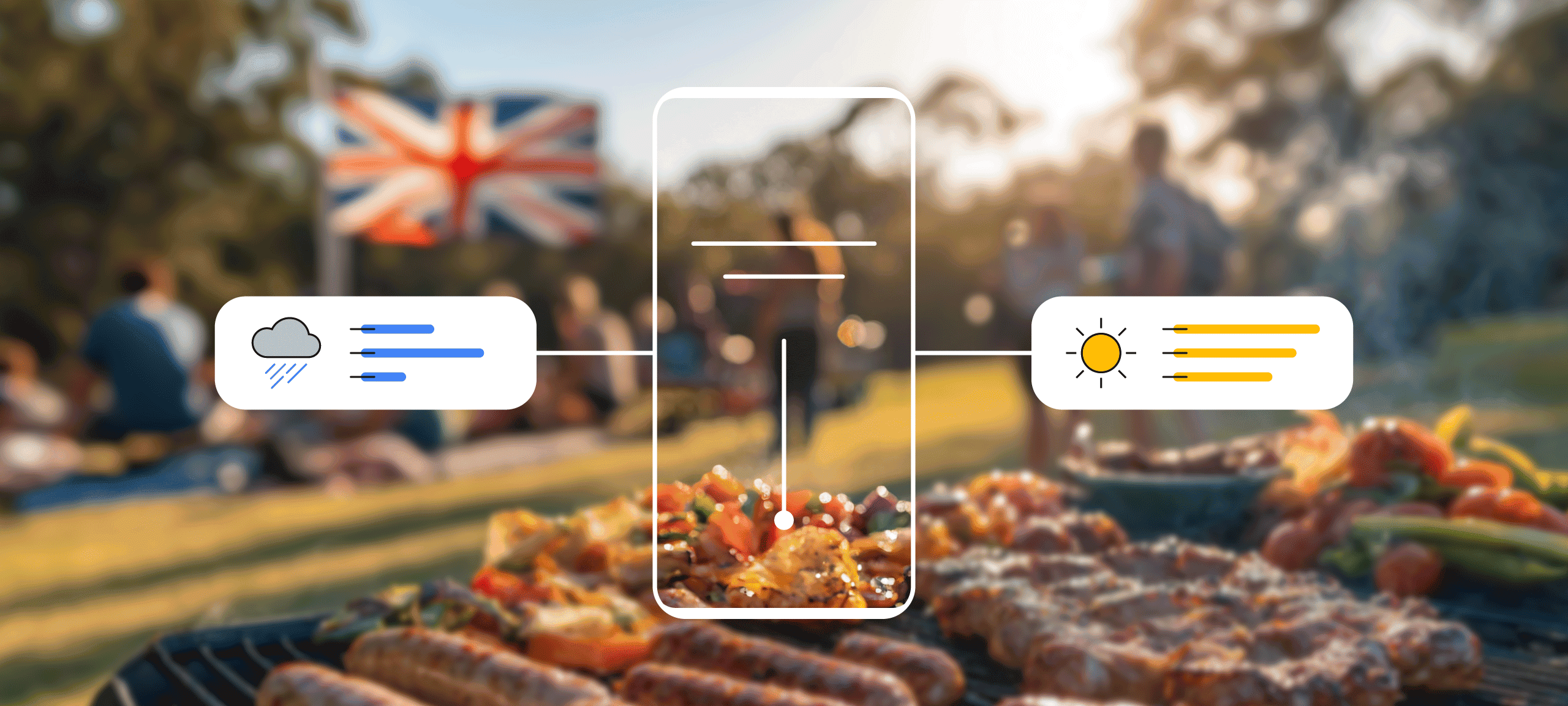Insights from Statista have revealed that heads of marketing think that using data can be a challenge. From the structure of it, to resources to analyse it or store it, and most importantly, extract value from data, and do so in a privacy-safe way.
It’s no surprise people see data as a challenge. But marketers, working with an unprecedented volume of data from a myriad of sources, need to know how to use it to gain a competitive advantage.
Here, we reveal how three Nordic and Benelux brands use first-party data to unlock success.
1. Data as a value exchange
Think about your first-party data like this. If I invite a friend around for dinner, I would ask them “Are you a vegetarian?" before planning what I’m going to cook. The more you as a business know about your customer, the more relevant and enjoyable experiences you are able to create.
First-party data is a value exchange between advertisers and consumers. When a person consents to share their data with you, they are expecting something in return. They expect a better experience, personalised emails, or a shortcut to their favourite items on their weekly online shop.
It’s a way of having a more personal experience, online.
How to unlock advantage: While general market data might be widely accessible, your first-party data is unique to you. And that's what's going to set you apart.
Dutch retailer G-Star used its first-party data as a value exchange to reward customers via loyalty schemes and incentives, like early access to sales. They found that they were are able to encourage the majority of in-store customers to give their email address and consent to be contacted if they were part of a loyalty programme.
This helped the retailer correlate more customer information and start to get to know them better.
2. Data to build relationships
Now your customers know that they can expect value in exchange for sharing their data from you, it’s time to build on that.
Sales and marketing is about relationships. It’s about listening to your customer's needs and helping them choose the right product or service for them. You can only do that when you really know something about them as an individual.
When I’m looking for new audio equipment, I always go to a certain Hi-Fi shop. Not because it’s the cheapest, but because they know me, know what I have bought before, and know the products I like.
People are giving you their data. They will only do so if they believe that it will not be abused, it will not be shared, and it will be used to provide the best customer service.
How to unlock advantage: Honouring the trust of your customers and delivering great services based on the data they've shared is paramount.
Take electronic retailer MediaMarkt. The Benelux team used first-party data, like location, to connect online and offline inventory so items could be found “near me”.
By using data to provide a more connected experience, they saw a 9% online increase in sales and a 78% offline sales increase. This is because they understood that consumers are channel agnostic and they needed to use data to support this.
3. Data to grow your audience
When I travel for business, I stay in the same hotels. And they tend to leave a little present in the room as a “thank you”, which is really nice. However, one time when I checked in, the person at the reception asked me, “have you stayed here before?” So while someone in the team knows I’ve been there before as they leave me a token of appreciation, not everyone has this same information available to them.
Data alone is powerful, but analysing it unlocks its true potential. You can do this by connecting the dots for existing customers, and providing a consistent experience. Or, if you’re looking for new customers, you can look for similarities with your existing audience.
How to unlock advantage: Marketers can’t do it all themselves, it’s important to know when you need a little help.
Data alone is valuable. But process and analyse it, and it can be your number one business driver.
Online marketplace Catawiki, which was founded in the Netherlands, uses its first-party data to establish which audiences to include or exclude from its ad campaigns. The team also leverages the power of similar audiences to establish which audiences to include or exclude from its ad campaigns by looking at people who have similar search behaviour to your existing audience.
And finally — how to avoid the pitfalls
We’re using more data points, we’re building a richer profile of customers, and audience profiles are more nuanced and detailed.
As a marketer a key skill is knowing what data to use — and what not to use.
That’s why you need to analyse data within a wider context. Does it correlate to what you’re seeing in other areas? What external factors were happening at the time? Were you running a campaign? There’s a lot that can impact data, so common sense is a must-have component to add to the mix.
And if you do find yourself wanting to use your first-party data for more competitive advantage this year, the below checklist can serve as a valuable reference point:

Remember, data is your powerful ally, not an adversary. Utilise it wisely, ethically, and creatively to unlock your Nordic and Benelux marketing magic.






